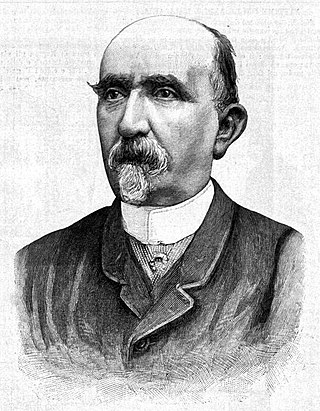
Carlo Lorenzini, better known by the pen name Carlo Collodi, was an Italian author, humourist, and journalist, widely known for his fairy tale novel The Adventures of Pinocchio.
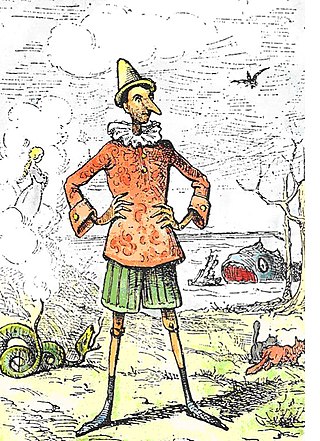
The Adventures of Pinocchio, commonly shortened to Pinocchio, is a children's fantasy novel by Italian author Carlo Collodi. It is about the mischievous adventures of an animated marionette named Pinocchio and his creator and father figure, a poor woodcarver named Geppetto.
This article contains information about the literary events and publications of 1881.
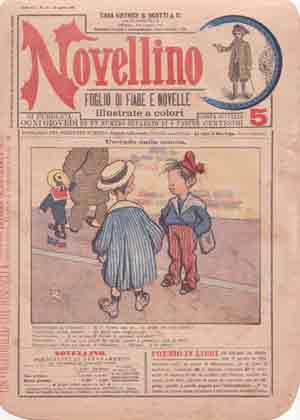
Italian comics, also known as fumetto, plural form fumetti, are comics that originate in Italy. The most popular Italian comics have been translated into many languages. The term fumetto refers to the distinctive word balloons that contain the dialogue in comics.
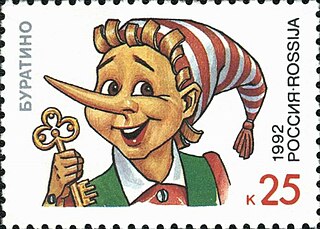
Buratino is the main character of Aleksey Nikolayevich Tolstoy's 1936 fairy tale The Golden Key, or the Adventures of Buratino, which is based on the 1883 Italian novel The Adventures of Pinocchio by Carlo Collodi. Buratino originated as a character in the commedia dell'arte. The name Buratino derives from the Italian burattino, which means "wooden puppet" or "doll". The book was published in 1936; the figure of Buratino quickly became hugely popular among children in the Soviet Union and remains so in Russia to this day. The story has been made into several films, including the animated 1959 film and the live-action 1975 film.
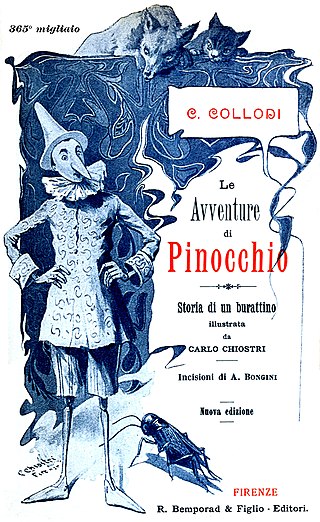
Carlo Chiostri was a self-taught Italian painter and graphic artist, best known for being one of the earliest illustrators for the book version of The Adventures of Pinocchio.
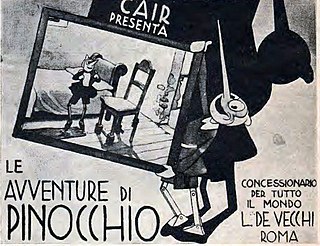
The Adventures of Pinocchio was an Italian animated film directed by Raoul Verdini and Umberto Spano. Created and produced by Cartoni Animati Italiani Roma (CAIR) and distributed by De Vecchi, this cartoon was based on the famous 1883 children's book The Adventures of Pinocchio by Carlo Collodi.
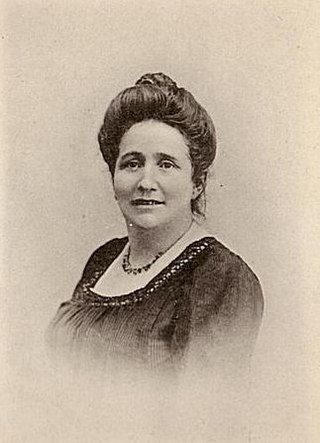
Ida Baccini was an Italian writer for children. Baccini was editor-in-chief of Cordelia, a journal for girls published from 1884 to 1911.

Pinocchio is a fictional character and the protagonist of the children's novel The Adventures of Pinocchio (1883) by Italian writer Carlo Collodi of Florence, Tuscany. Pinocchio was carved by a woodcarver named Geppetto in a Tuscan village. He is created as a wooden puppet, but he dreams of becoming a real boy. He is known for his long nose, which grows when he lies.

The Adventures of Pinocchio is a 1972 Italian animated fantasy film produced by Cartoons Cinematografica Italiana. An adaptation of Carlo Collodi's 1883 book The Adventures of Pinocchio, it is written, produced, directed and edited by Giuliano Cenci. The English dub was released in the United States by G.G. Communications in 1978.

The Talking Cricket is a fictional character that appears in the 1883 Italian book The Adventures of Pinocchio by Carlo Collodi.

Michele Serra is an Italian journalist, writer, and satirist.

The Green Fisherman is a fictional character who appears in Carlo Collodi's book The Adventures of Pinocchio.
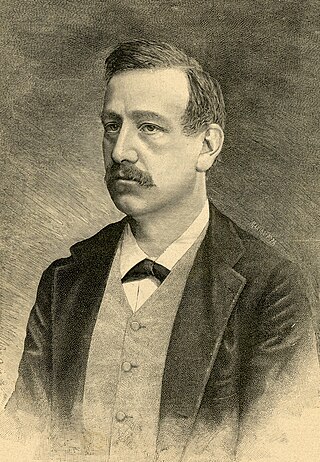
Ferdinando Martini was an Italian writer and politician. He was governor of Eritrea for from late 1897 to early 1907.
The Fontana a Pinocchio is a fountain located in a traffic island in Corso Indipendenza, a central avenue of Milan, Italy. It is decorated with a complex of bronze statues based on Carlo Collodi's The Adventures of Pinocchio, designed by Italian sculptor Attilio Fagioli (1877–1966) and realized by the Fonderia Artistica Battaglia foundry.
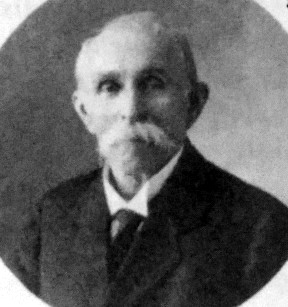
Pietro Maria Rocca was an Italian historian.
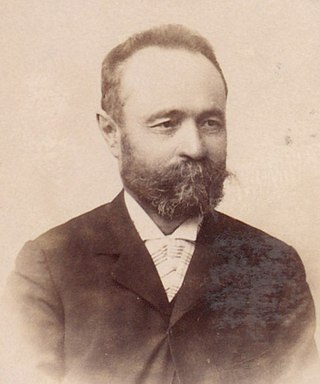
Italo Pizzi was an Italian academic and scholar of Persian language and literature. He was the first to establish the academic field of Persian language and literature in Italy.
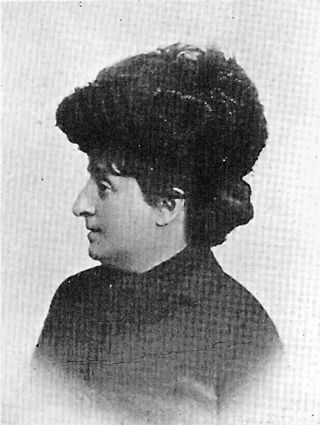
Emma Perodi was an Italian writer and journalist; best known for her children's books.

Anna Franchi was an Italian novelist, translator, playwright and journalist.

The Adventures of Pinocchio is a 1911 Italian live-action silent film directed by Giulio Antamoro and starring Ferdinand Guillaume.


















